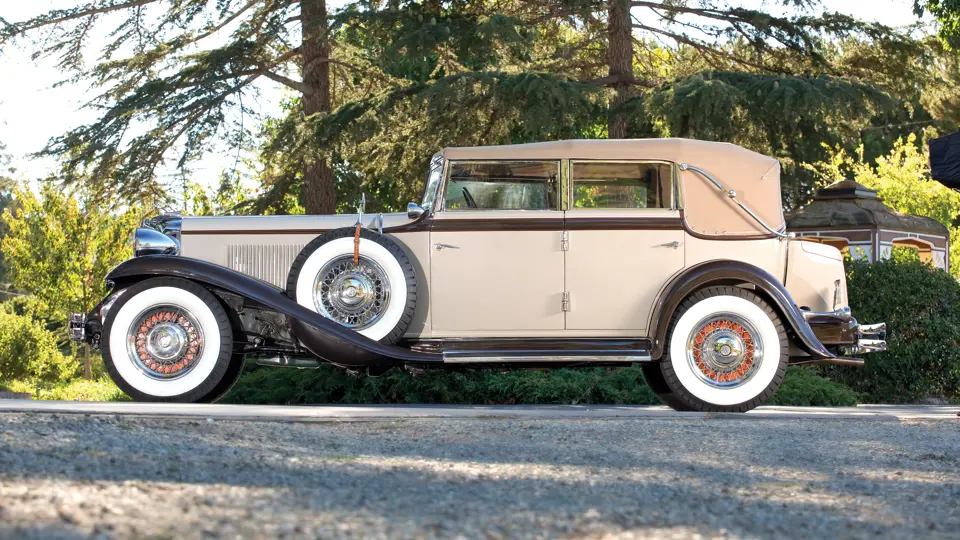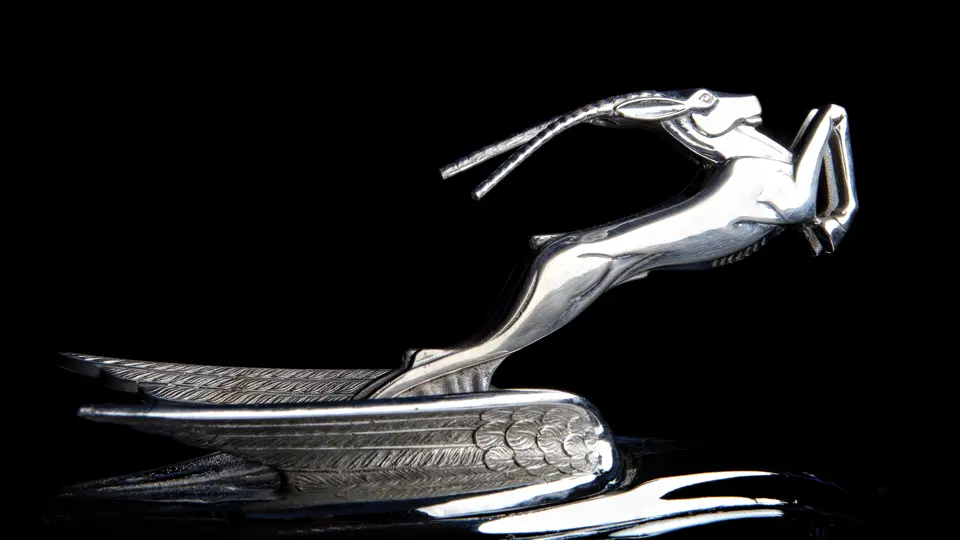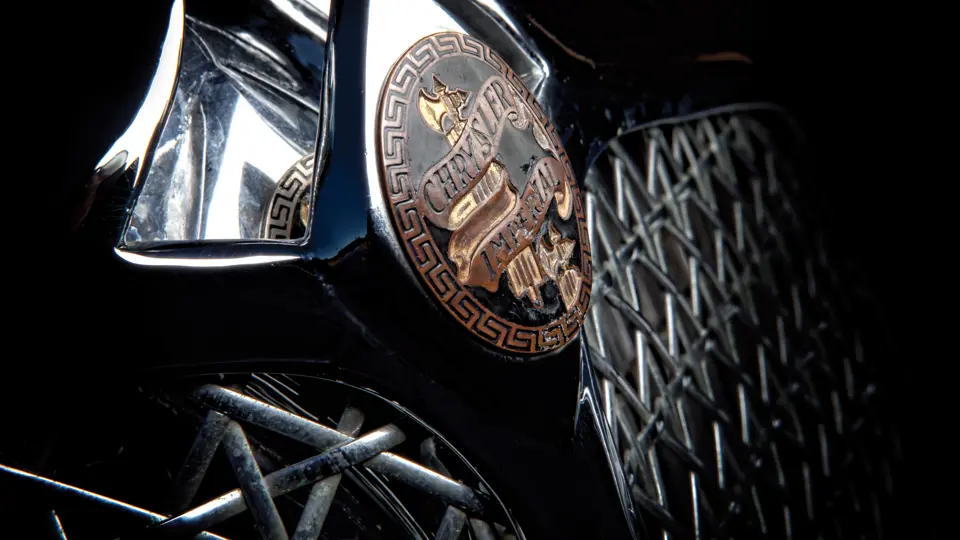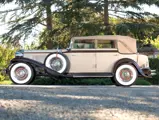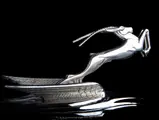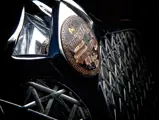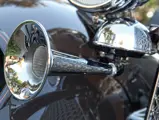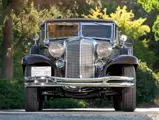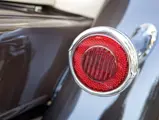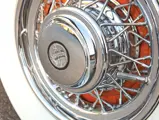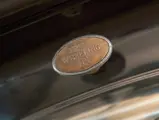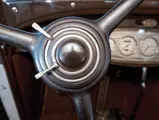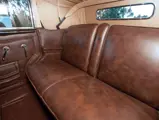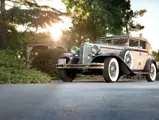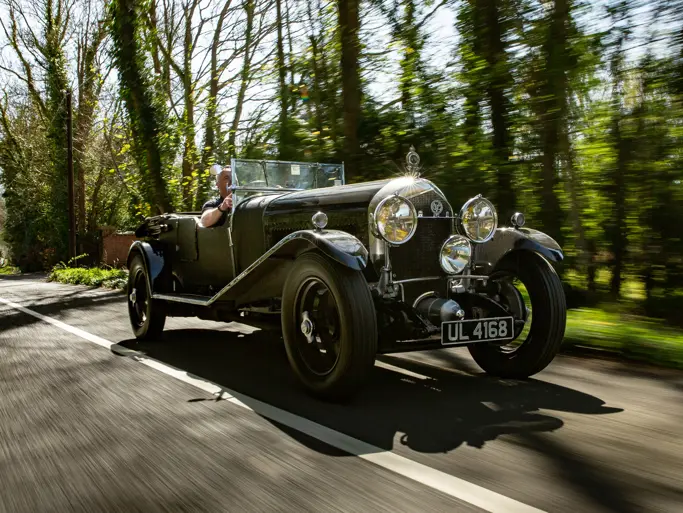125 bhp, 384.8 cu. in. eight-cylinder inline L-head engine, four-speed manual overdrive transmission with freewheeling, solid front axle and live rear axle with semi-elliptic leaf springs, and four-wheel hydraulic drum brakes. Wheelbase: 135 in.
Although the first car to bear Walter Chrysler’s name was a medium-priced six, within two years the upwardly mobile automaker had added a lower-priced four, in effect an improved Maxwell, and a high-end model, the E-80 Imperial. Selling for $2,645 to $3,695 for production styles, the Imperial competed directly with the Packard Six and the lower-priced Cadillacs. Chrysler applied distinctive touches to the Imperial to set it apart from other models, including bullet headlights and a scalloped radiator and hood reminiscent of Vauxhall. The engine, while resembling that of the popular G-70, was larger, of Packard proportions, and the wheelbase was stretched nearly eight inches. Six production body styles were offered, along with two long-wheelbase catalogue customs, a landaulet and a town car. Model year sales of 9,114 were respectable, although it was not a threat to either rival.
Additional Imperial body styles were introduced in 1927, and in 1928, in addition to production bodies, custom styles from LeBaron, Dietrich, and Locke were cataloged on four different wheelbases. Prices of the custom-bodied cars ranged upwards of $6,795. The engine was bored an eighth of an inch, resulting in a displacement of 309.3 cubic inches and a brake horsepower of 100, or 112 with an optional high-compression head.
For 1929, Chrysler Corporation cars were given a “corporate look,” which coincided with the introduction of the new Plymouth and DeSoto marques. Grille shells featured a thin band of chrome around the perimeter, which gave them a lighter, more intricate look. The Imperial’s scallop motif was continued, although with the thinner shell it was less prominent. Imperials were all now on a longer, 136-inch wheelbase. The year 1930 brought a new four-speed transmission.
In July 1930, Chrysler introduced the Series CG Imperial. The Imperial was a vastly different automobile; it was larger than its predecessor, riding a 145-inch wheelbase, and the appearance had been completely transformed into what we now recognize as a classic icon. The radiator shell had become a grille, and it was boldly set out and canted back at a rakish angle. A wire mesh screen defined its forward surface, and a long hood gave extra prominence to the nose. Its fenders were given flowing curves, the visual cue was replicated in the Duesenberg-like bumpers, and the headlights became sleeker. Moreover, the upscale Chryslers had a new heart. In place of the old 309-cubic inch six was an all-new straight eight, which is the configuration now favored in the industry. Actually, there were no fewer than four different Chrysler eights, but only the Imperial got the largest: a 384.8 cid, nine-main unit that could make 125 brake horsepower. The Imperial line had also been expanded. Included were four “production” bodies by Briggs and four cataloged custom styles. In addition, one could order various individual customs for construction on the Imperial chassis. The semi-custom bodies, which included a roadster, coupe, convertible coupe, and dual-cowl phaeton, were all furnished by LeBaron.
In January 1932, Chrysler introduced what were called “second series” models for the year. There were now two Imperial series, the 135-inch wheelbase CH and the Custom Imperial CL, which was 10 inches longer than the CH. Features included Floating Power engine mounts and a vee-configuration split windshield which panes opened individually. Although the Briggs-built CHs lacked the prestige of LeBaron’s CLs, they had excellent proportions that set them apart and an elan that was absent in their upscale siblings. As a result, the CH Convertible Sedan, of which this car is a superb example, was the most popular of all open Imperials. Standard equipment included hand-buffed leather seats with matching kick panels and a leather door, matching carpets in the front and rear, and storage pouches in the rear doors. A top boot, a painted dash with a damascened instrument binnacle, dual side-mounts, and a trunk were standard. In all, 1,393 CH Chryslers were built, with just 152 of them being convertible sedans.
This CH Convertible Sedan was purchased by the current owner in 1975 from a Rolls-Royce dealer. It had been restored for the previous owner, Donna Shade, for whom it had won its class at the Pebble Beach Concours d’Elegance; thereafter, she tired of it and traded it to the dealer for a Rolls. The restoration, which is now more than three decades old, was a quality effort, photographs of which substantiate the fact; these photographs accompany the car. It is light cream in color, with brown moldings and fenders that are accented by delicate red pinstripes. The fenders have recently been repainted, to rectify the modest evidence of years of use. The interior is done in correct brown saddle leather, and a new tan canvas top was fitted some years ago. The engine is a fresh, top-quality rebuild, and it has been bored out and fitted with new pistons and valves. At that time, it was converted from poured babbit to insert bearings.
The car has been the recipient of countless awards in recent decades, the most notable of which was being selected as the Most Elegant Open Car by Senior Judge Andy Granatelli at the Santa Barbara Concours d’Elegance, from a field of some 500 cars. This Model CH Chrysler is one of three known to survive, and it is ready for show, tour, or any worthwhile activity. It is excellent in all respects, and it will reward its new owner on the road or on the show field.
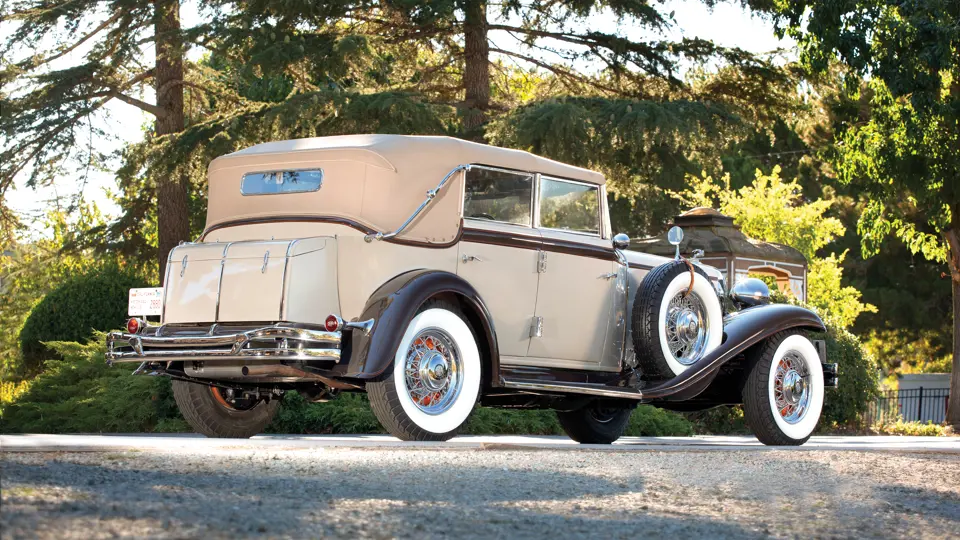




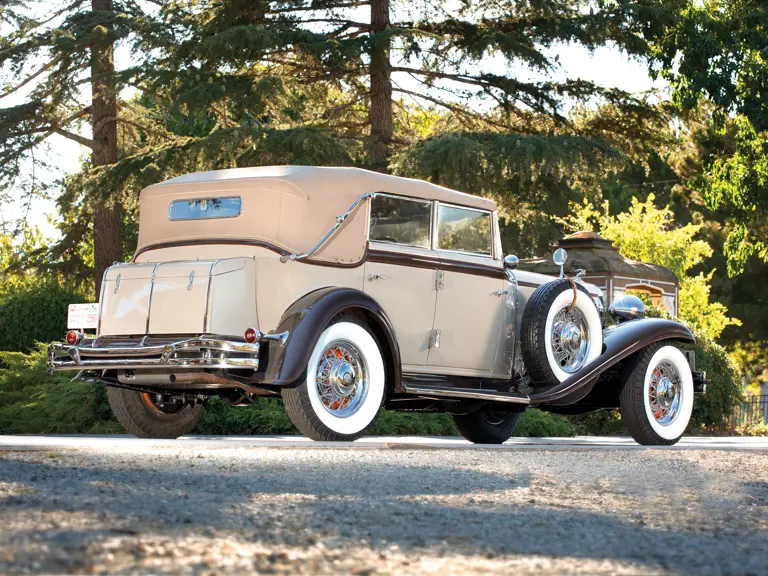



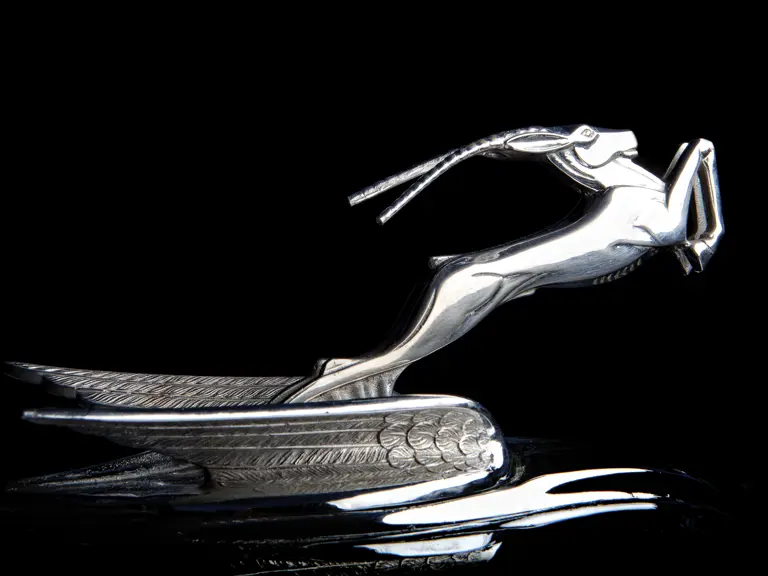
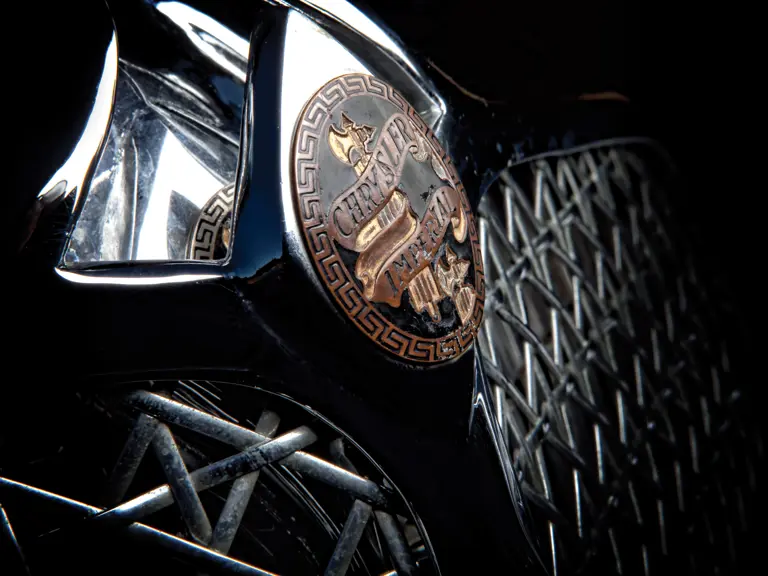
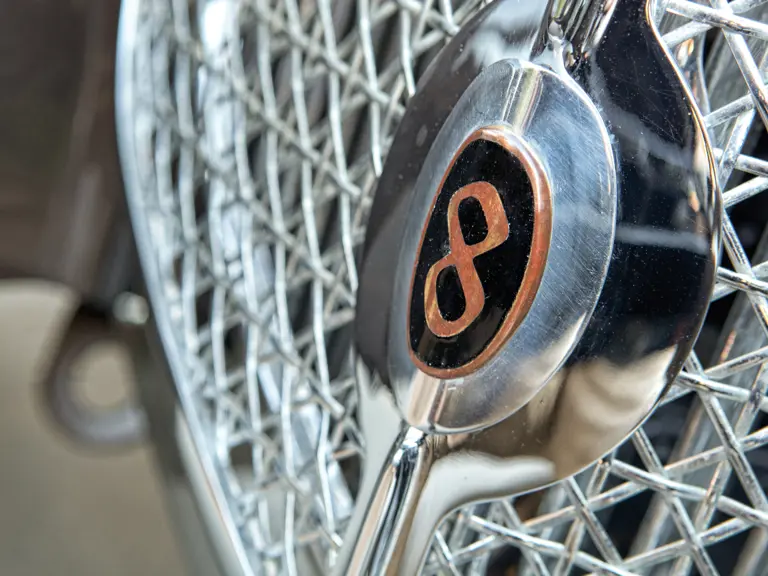
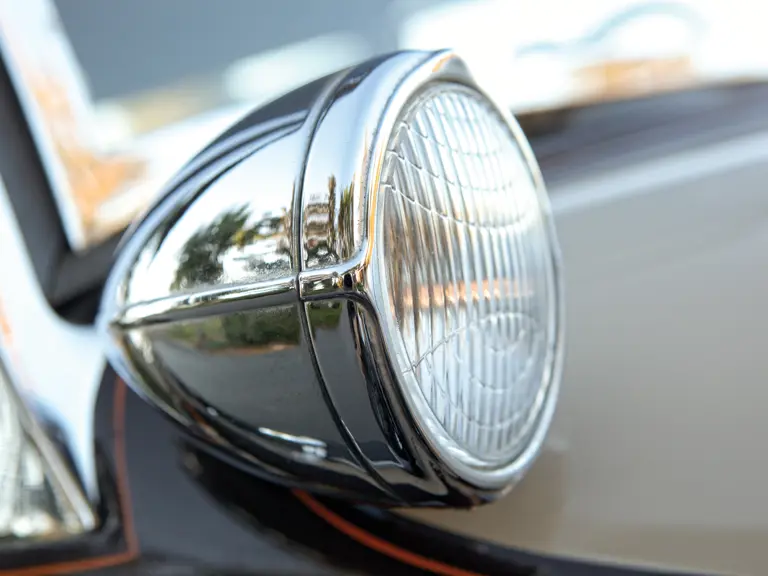
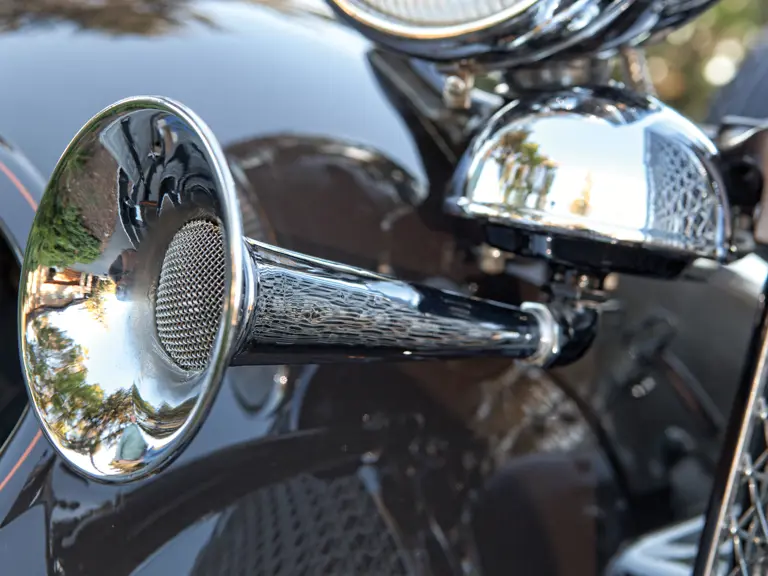
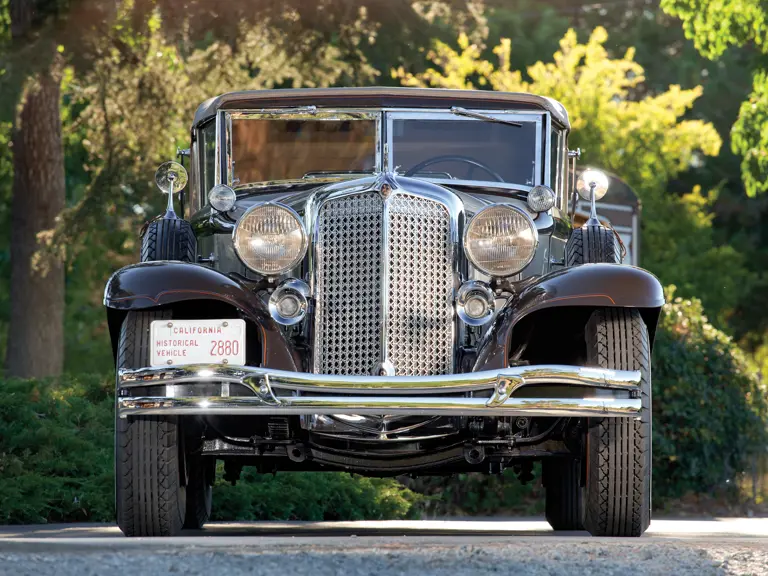
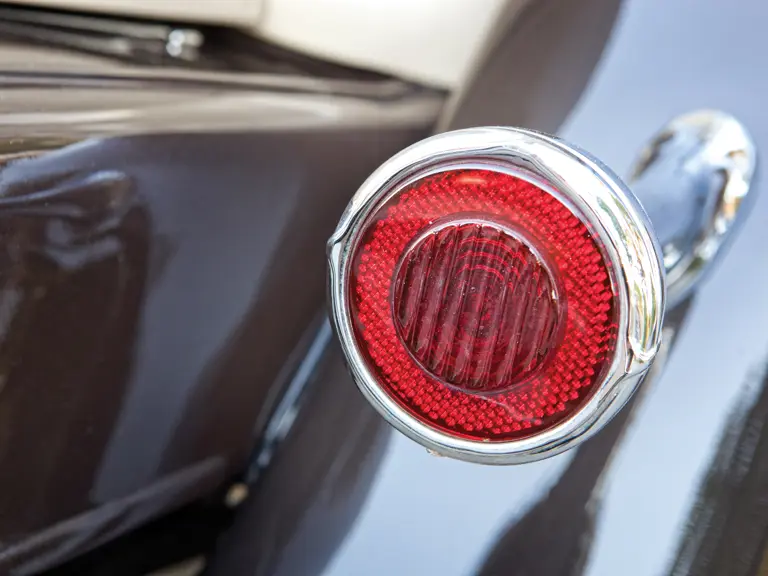

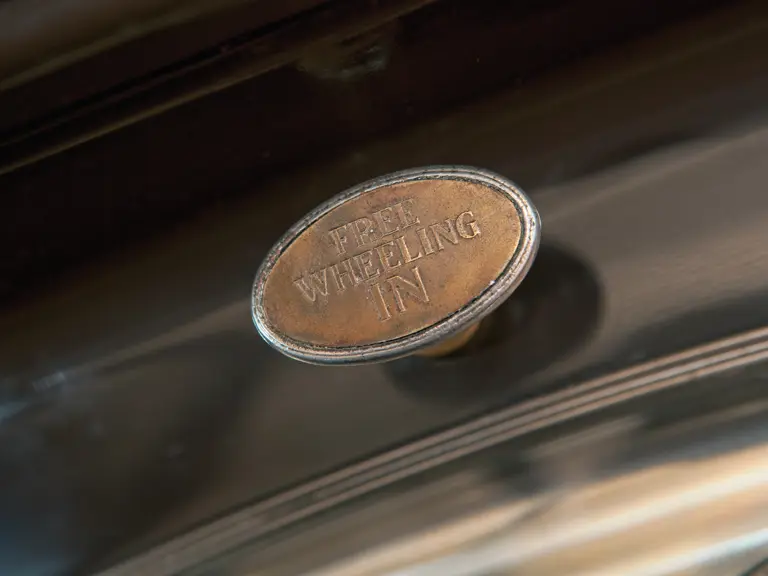
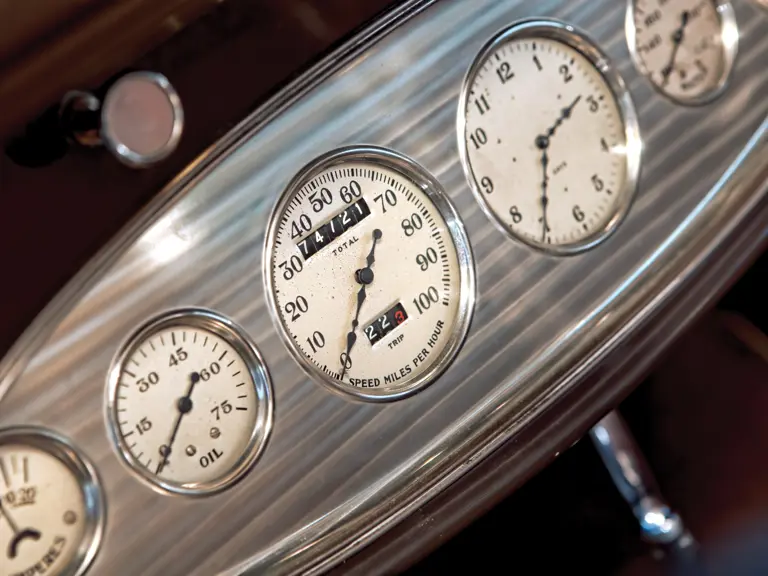
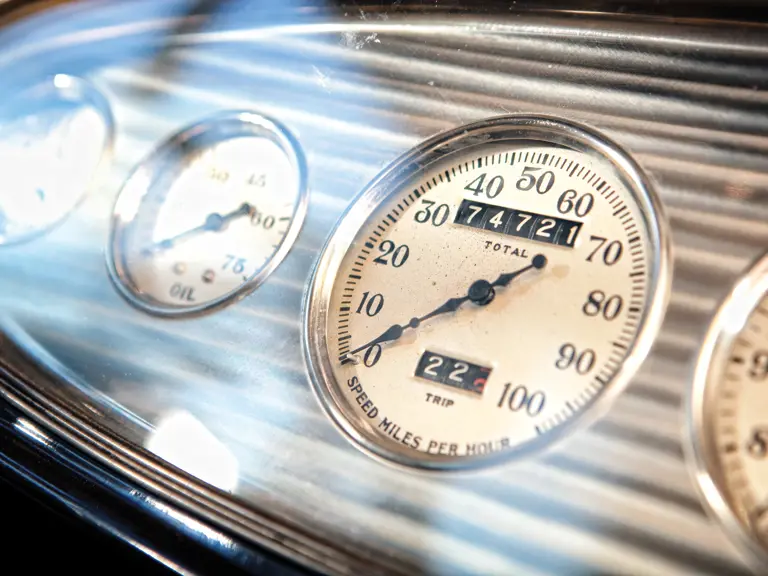
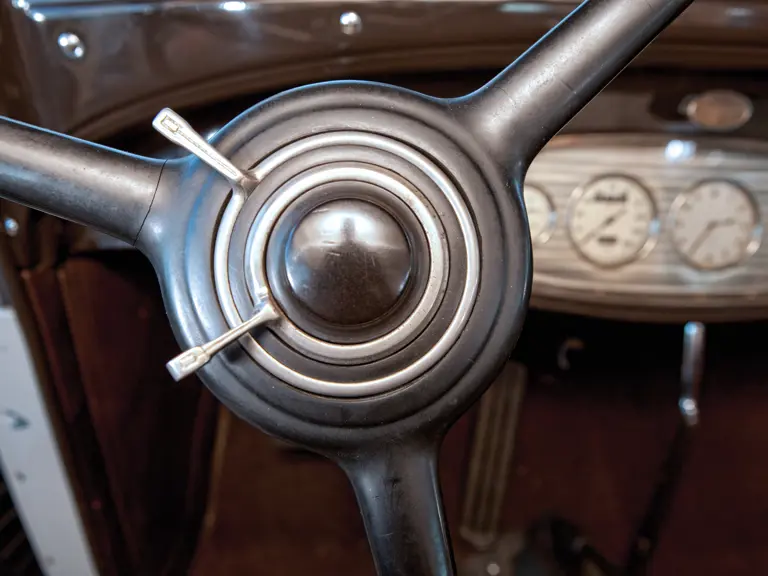

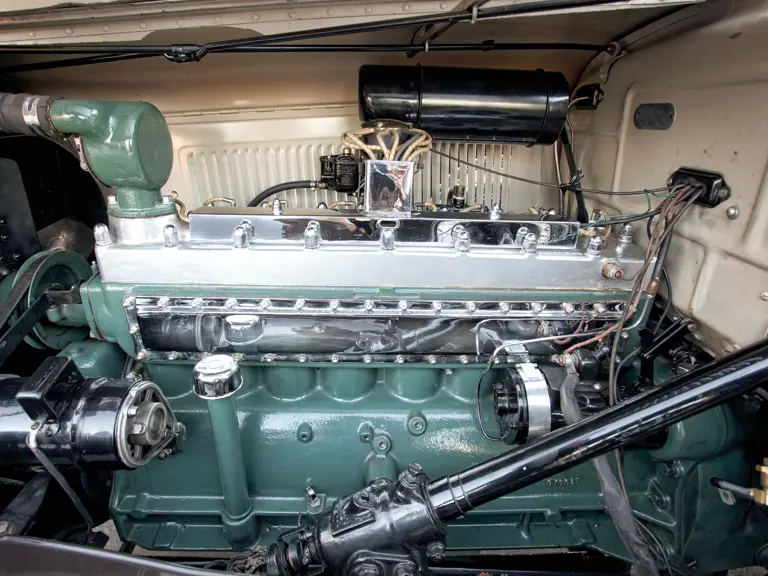
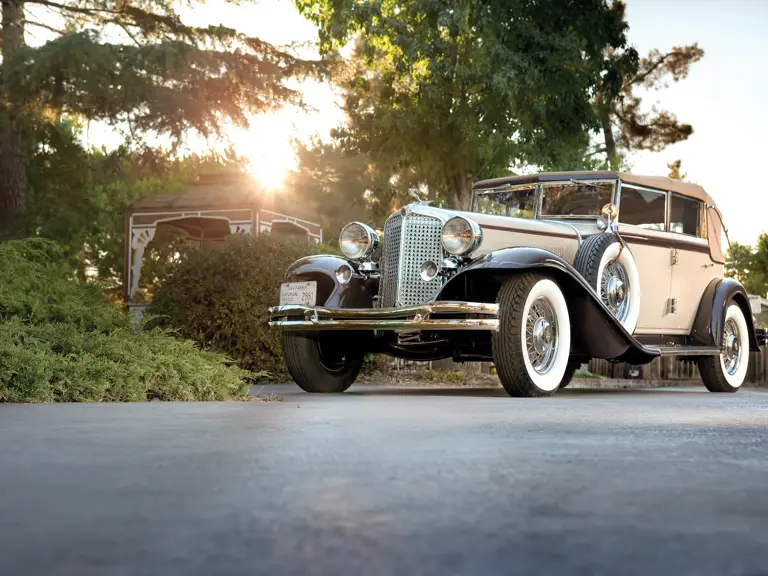
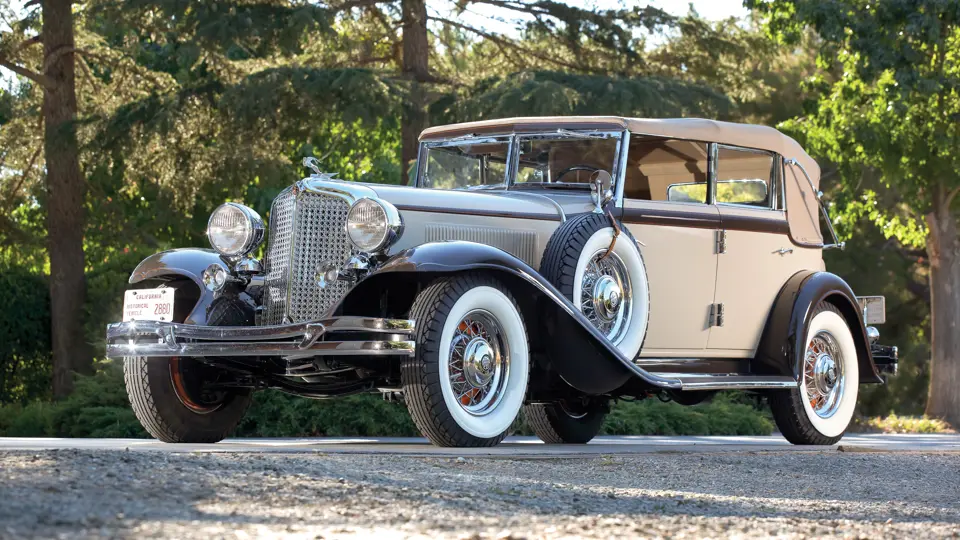
 | Hershey, Pennsylvania
| Hershey, Pennsylvania
